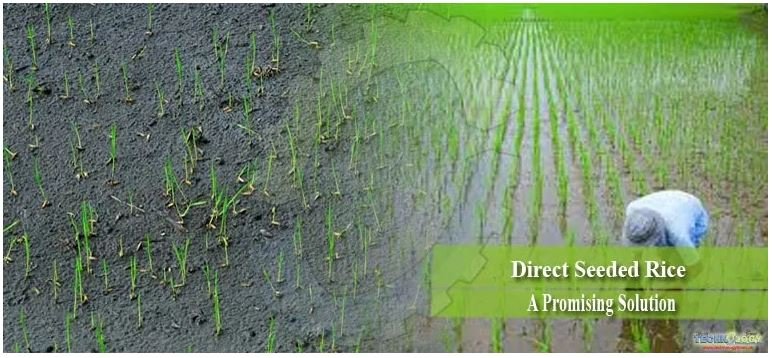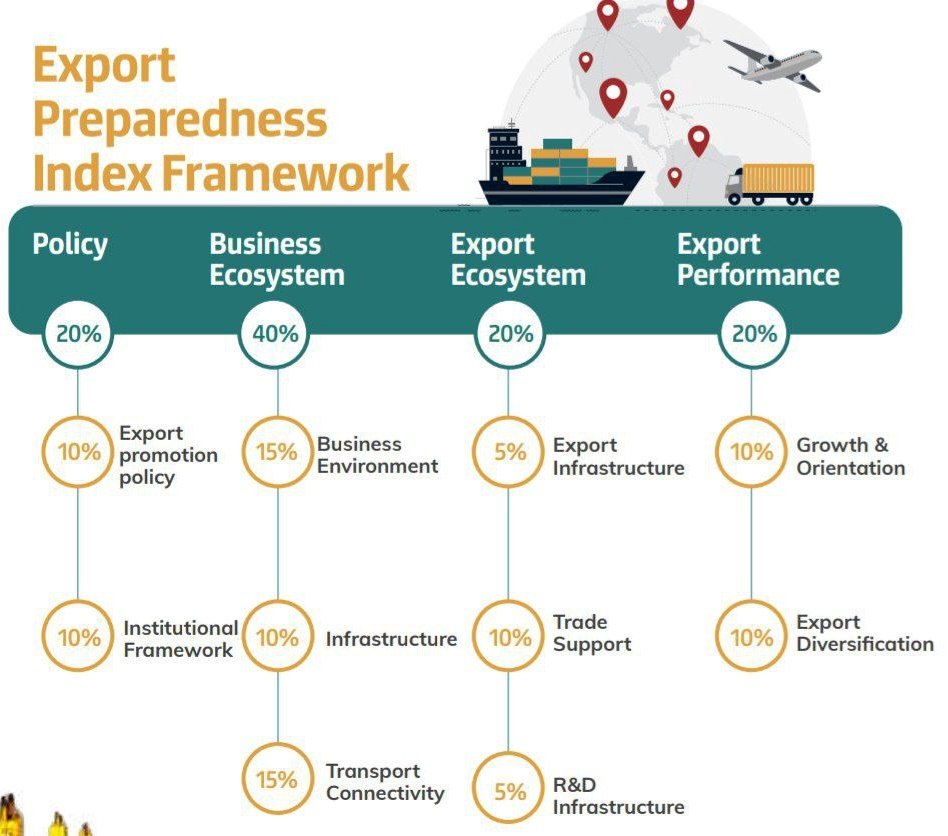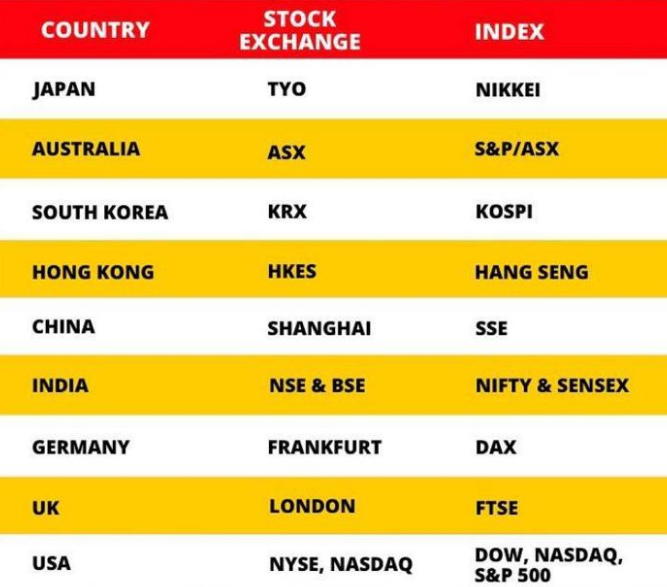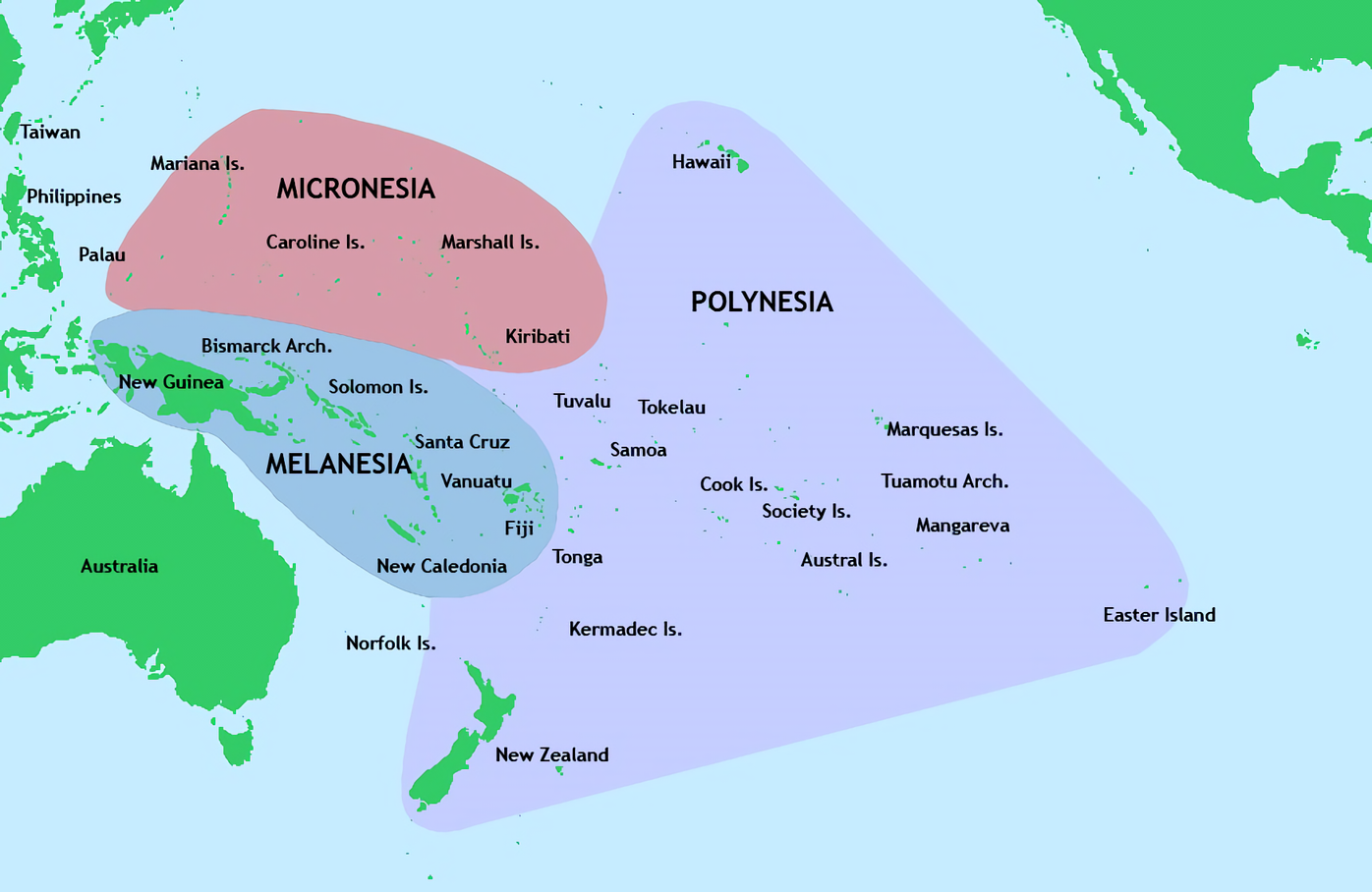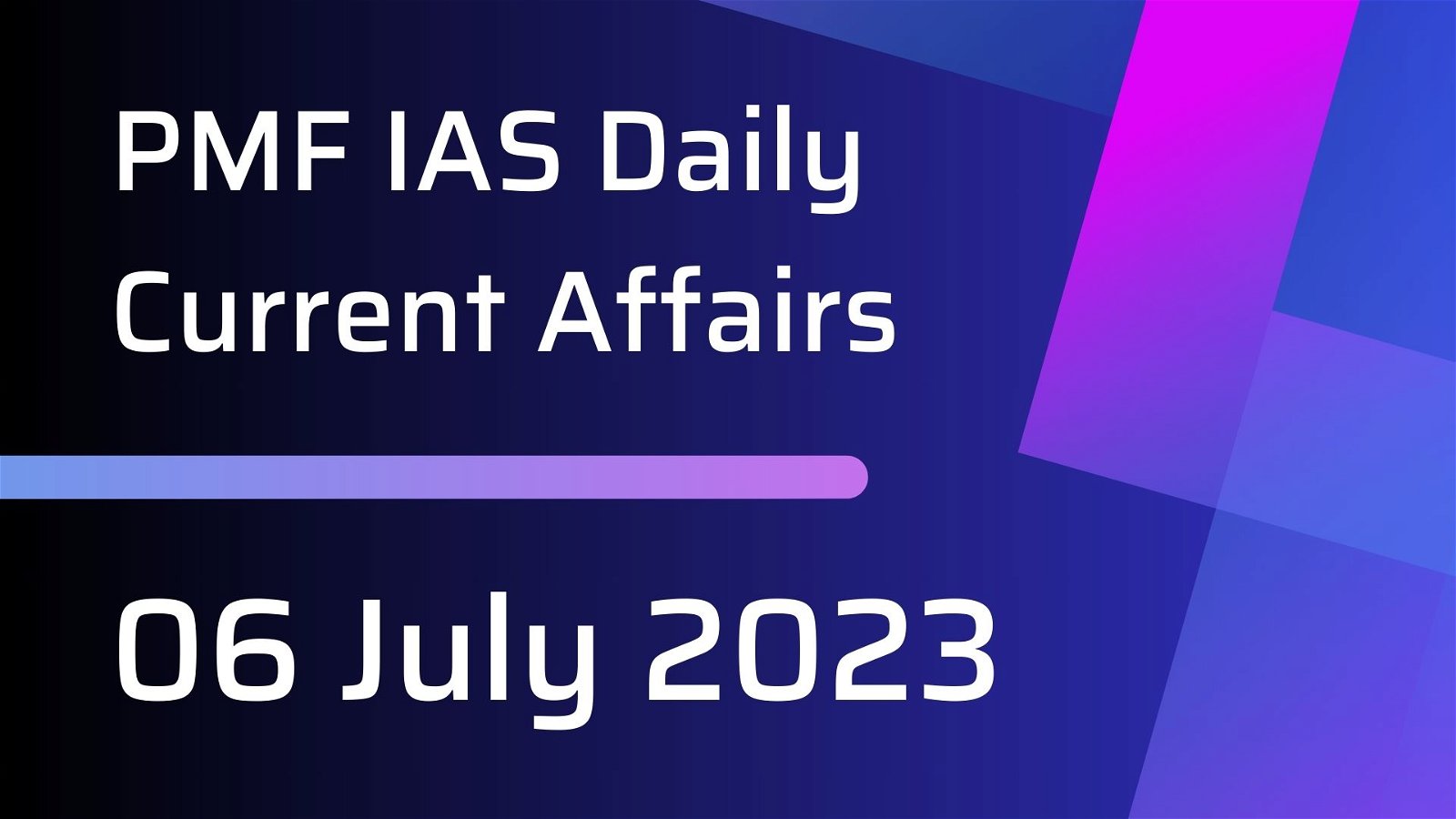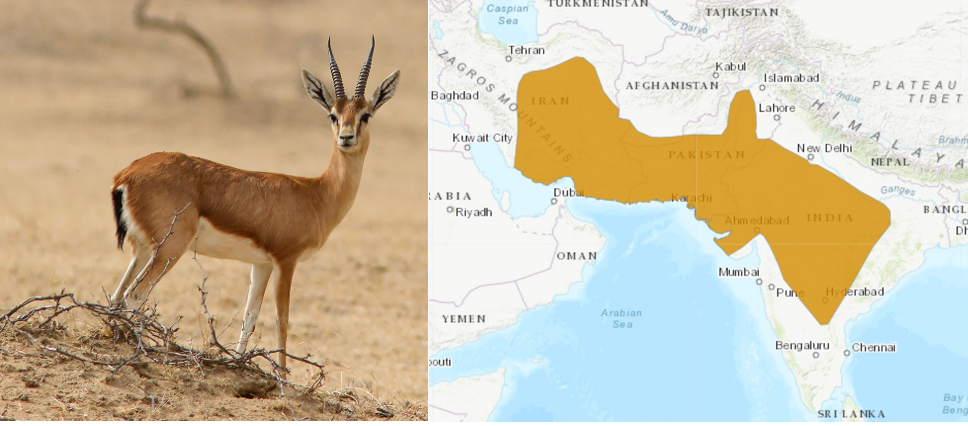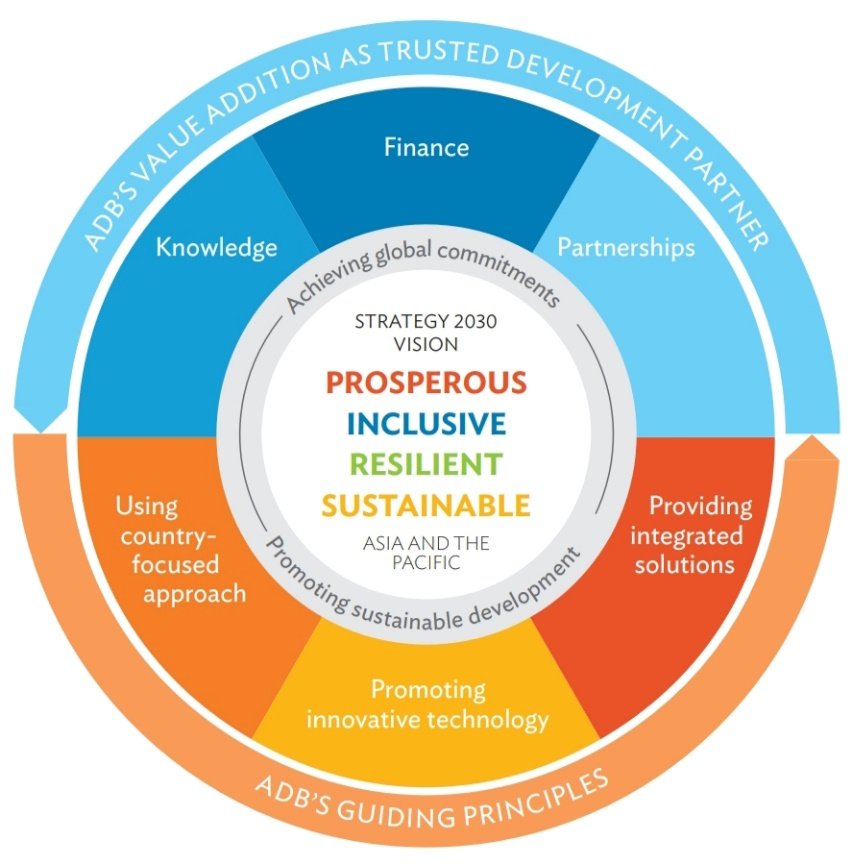
Current Affairs July 04, 2023: 30 Critical Minerals, NATO Plus, Cauvery River Dispute, Direct Seeding of Rice, Gravitational Waves
Subscribers of "Current Affairs" course can Download Daily Current Affairs in PDF/DOC
Subscribe to Never Miss an Important Update! Assured Discounts on New Products!
Must Join PMF IAS Telegram Channel & PMF IAS History Telegram Channel
{GS1 – Geo – EG – Mineral Resources} 30 Critical Minerals
- Context (IE): The Centre has unveiled the first report of the country on “Critical Minerals for India” and has identified 30 critical minerals.
- The identification of the critical minerals is a part of multiple strategic value chains, which include:
- clean technologies initiatives (such as zero-emission vehicles, wind turbines, and solar panels);
- information and communication technologies (including semiconductors);
- advanced manufacturing inputs and materials (such as defence applications, permanent magnets, and ceramics).
Critical Minerals
- These are minerals that are essential for economic development and national security.
- The lack of availability of these minerals or the concentration of extraction or processing in a few geographical locations can lead to “supply chain vulnerabilities and even disruption of supplies”.
- A mineral is critical when the risk of supply shortage and associated economic impact is (relatively) higher than other raw materials.
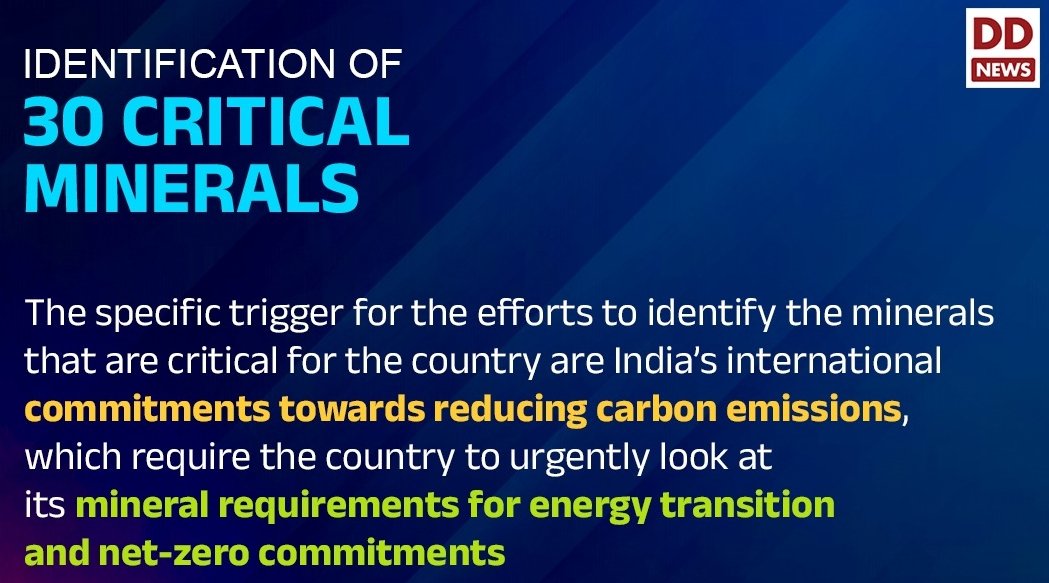

Ciritical Minerals of India
- The minerals were identified based on a report by an Expert Committee of the Ministry of Mines.
- These 30 critical minerals are Antimony, Beryllium, Bismuth, Cobalt, Copper, Gallium, Germanium, Graphite, Hafnium, Indium, Lithium, Molybdenum, Niobium, Nickel, PGE, Phosphorous, Potash, REE, Rhenium, Silicon, Strontium, Tantalum, Tellurium, Tin, Titanium, Tungsten, Vanadium, Zirconium, Selenium and Cadmium.
- The committee also recommended the creation of the Centre of Excellence for Critical Minerals (CECM) under the Ministry of Mines.
- This proposed Centre will periodically update the list of critical minerals for India.

India’s import dependency
| Critical Mineral | Percentage dependency | Major Import Sources (2020) |
| Lithium | 100% | Chile, Russia, China, Ireland, Belgium |
| Cobalt | 100% | China, Belgium, Netherlands, US, Japan |
| Nickel | 100% | Sweden, China, Indonesia, Japan, Philippines |
| Vanadium | 100% | Kuwait, Germany, South Africa, Brazil, Thailand |
| Niobium | 100% | Brazil, Australia, Canada, South Africa, Indonesia |
| Germanium | 100% | China, South Africa, Australia, France, US |
| Rhenium | 100% | Russia, UK, Netherlands, South Africa, China |
| Beryllium | 100% | Russia, UK, Netherlands, South Africa, China |
| Tantalum | 100% | Australia, Indonesia, South Africa, Malaysia, US |
| Strontium | 100% | China, the US, Russia, Estonia, Slovenia |
| Zirconium(zircon) | 80% | Australia, Indonesia, South Africa, Malaysia, US |
| Graphite(natural) | 60% | China, Madagascar, Mozambique, Vietnam, Tanzania |
| Manganese | 50% | South Africa, Gabon, Australia, Brazil, China |
| Chromium | 2.5% | South Africa, Mozambique, Oman, Switzerland, Turkey |
| Silicon | <1% | China, Malaysia, Norway, Bhutan, Netherlands |
{GS2 – IR – Groupings} NATO Plus
- Context (TH): The U.S. has expressed openness to greater engagement with India within NATO, with discussions of including India in the NATO-Plus framework.
- India rejects the idea because joining this NATO framework, which primarily aims to contain China, can potentially undermine India’s autonomy.
North Atlantic Treaty Organization (NATO)
- NATO is a political and military alliance created in the aftermath of World War II by 12 countries from Europe and North America in 1949.
- The headquarters of NATO is in Brussels, Belgium, while the Allied Command Operations headquarters is near Mons, Belgium.
- During the Cold War, NATO operated as a check on the threat posed by the Soviet Union.
- The alliance remained in place after the dissolution of the Soviet Union and the Warsaw Pact.
Functioning
- North Atlantic Council is NATO’s principal political decision-making body.
- The principle of collective defence is enshrined in Article 5 of the North Atlantic Treaty, which commits NATO members to mutual defence in response to an attack by any external party.
Member States
- Currently, NATO comprises 31 countries (29 European + 2 North American).
- NATO makes its decisions by consensus. Hence, if a new country wants to join NATO, it must be supported by all other members. Any of its member countries can veto a new member.
- For example, Turkey opposes Sweden’s wish to join NATO due to its alleged support of Kurdish militants.


Post-Cold War Era
- When the Soviet Union collapsed in 1991, questions were raised about NATO’s relevance and future.
- NATO succeeded in refashioning from collective defence to collective security.
- It has been a mutually beneficial arrangement, offering security to Europe at a low price.
- For the U.S., NATO has been an ideal vehicle for power projection worldwide.
- NATO has been involved in military operations in the Balkans, the Middle East, South Asia, and Africa.
Nato Plus
- Nato Plus is a grouping of NATO and five countries — Australia, New Zealand, Japan, Israel, and South Korea. The group works toward boosting global defence cooperation.
Advantages for India if it joins the NATO Plus
- India would gain access to seamless intelligence sharing between these countries.
- India would get access to the latest military technology without much of a time lag.
- It would further strengthen India’s defence partnership with the United States.
Warsaw pact
Collective Security Treaty Organization (CSTO)
|
{GS2 – IR – Groupings} Paris Club
- Context (TH): China will not join the official creditors’ platform negotiating a common debt treatment plan with Sri Lanka.
- In May 2023, 17 countries that have extended loans to Sri Lanka formed an official creditor committee to discuss Sri Lanka’s request for debt treatment.
- India, Japan, and France co-chaired the official creditor committee.
Paris Club
- The Paris Club is an informal group of official creditors, primarily Western nations.
- Its role is to find sustainable solutions to the payment difficulties experienced by debtor countries.
- As debtor countries undertake reforms to stabilise and restore their macroeconomic and financial situation, Paris Club creditors provide an appropriate debt treatment.
- Currently, Paris Club consists of 20 members.
- India and China are not members of the Paris Club.
{GS2 – MoWCD} Scheme for minor rape victim
- Context (TH): The Women and Child Development Ministry will launch a new scheme under the aegis of the Nirbhaya scheme.
- The scheme aims to ensure both infrastructural and financial support for minor pregnant victims who have no means to fend for themselves.
- It will provide shelter, critical care, and financial, legal and medical support to minor girls whose families have abandoned them due to pregnancy from rape.
- The minor girl will be supported till age 23, and if she wants to surrender the child for adoption, she will be given assistance.
{GS2 – Polity – IC – Elections} Electoral bonds
- Context (TH): GOI approved the issue of the 27th tranche of electoral bonds for sale in July.
- Electoral Bonds are an interest-free instrument like a Promissory Note.
- These bonds were introduced in 2018 to bring transparency to the political funding system.
Eligibility
- A citizen of India or a body incorporated in India will be eligible to purchase the bond.
- Political parties registered under section 29A of the Representation of the Peoples Act, 1951 (43 of 1951) and secured a minimum of one per cent of the votes polled in the last general election to the House of the People or a Legislative Assembly are eligible to receive funding via electoral bonds.
Features of the Electoral Bonds
- It doesn’t carry the name of the payee. Though the bond purchaser needs to submit KYC documents.
- SBI is the sole authorised bank for selling Electoral Bonds.
- Such bonds are sold in multiples of Rs 1,000, Rs 10,000, Rs 1 lakh, Rs 10 lakh, and Rs 1 crore.
- Electoral Bonds have a life of only 15 days. After 15 days, it can’t be encashed instead, the amount will be deposited in the PM Relief Fund.
- Once the Electoral Bond is purchased, it cannot be cancelled, and no amount will be refunded to the Purchaser.
- All payments for issuing Electoral Bonds will be accepted in Indian Rupees only.
- They can be purchased either Singly or Jointly with other Individuals but not more than three Applicants per Application Form.
Criticism
- It brought opacity rather than transparency to election funding.
- The anonymity of electoral bonds is only for the broader public and opposition parties. It leaves the door open for the government to know who funds its opponents.
- Earlier, the company could donate up to 7.5% of the average net profits of the company in the preceding three years. Now, the government has amended the Companies Act to remove this limit, opening the doors to unlimited funding by corporate India.
{GS2 – Polity – Water Disputes} Cauvery River Water Dispute
- Context (TH): Tamil Nadu flags shortage in its share of Cauvery water.
Origins and Initial Dispute
- The river Cauvery originates in Karnataka’s Talakaveri in Kodagu (Coorg) district and flows into Tamil Nadu, eventually reaching the Bay of Bengal.
- In 1892, a dispute arose between the Madras Presidency and the Princely state of Mysore.
- Madras opposed Mysore’s proposal to build irrigation systems.
- In 1924, Mysore and Madras reached an agreement that permitted Mysore to construct a dam at Kannambadi village.
- The agreement had a duration of 50 years and was subject to review, ultimately leading to the construction of the Krishnaraja Sagar dam in Karnataka.
- The 1924 water-sharing agreement ended in 1974.

Establishment of the Cauvery Water Disputes Tribunal (1990)
- Central Government, in 1990, in the exercise of the powers conferred by section 4 of the Inter-State River Water Disputes Act, 1956 had constituted the Cauvery Water Disputes Tribunal to resolve the water dispute among Karnataka, Kerala, Tamil Nadu, and Puducherry.
- The tribunal issued its final award in 2007, stating that Tamil Nadu should receive 419 tmcft of water, 270 TMC to Karnataka, 30 TMC to Kerala and 7 TMC to Puducherry.
Supreme Court Intervention and the Final Verdict
- In 2016, Tamil Nadu experienced a water deficit of 50.0052 tmcft due to insufficient rainfall in Karnataka.
- Seeking resolution, Tamil Nadu approached SC, resulting in court orders to release water.
- SC initially ordered Karnataka to release 15,000 cusecs of water per day to Tamil Nadu for ten days, which led to protests in Karnataka. Later, SC modified the order, specifying 2,000 cusecs per day.
- In 2018, SC delivered its final verdict, granting Karnataka an additional 14.75 TMC of river water.
- The final allocation for a total of 740 TMC is
- Karnataka: 284.75 (270 + 14.75) TMC
- Tamil Nadu: 404.25 (419 – 14.75) TMC
- 30 TMC to Kerala and
- 7 TMC to Puducherry
- The water allocation arrangement will stand unchanged for the next 15 years.
Cauvery Water Management Authority
- In exercising the powers conferred by section 6A of the said Act, the Central Government notified the Cauvery Water Management Scheme in 2018, inter alia, constituting the ‘Cauvery Water Management Authority’ and the ‘Cauvery Water Regulation Committee’.
- The Authority ensures for securing compliance and implementation of the Award of the Tribunal as modified by the Hon’ble Supreme Court:
- storage, apportionment, regulation and control of Cauvery waters;
- supervision of the operation of reservoirs and regulation of water releases therefrom with the assistance of the Regulation Committee;
- regulated release by Karnataka at the inter-State contact point presently identified as Billigundulu gauge and discharge station, located on the common border of Karnataka and Tamil Nadu.
Mekedatu Reservoir Project
- The Mekedatu Reservoir Project aims to provide water for drinking purposes to Bengaluru city and generate approximately 400 megawatts (MW) of power.
- In 2018, Tamil Nadu raised objections against the project and approached the Supreme Court.
- Tamil Nadu opposes any projects in the upper riparian region unless they receive approval from the Supreme Court, ensuring water flow protection to Tamil Nadu.
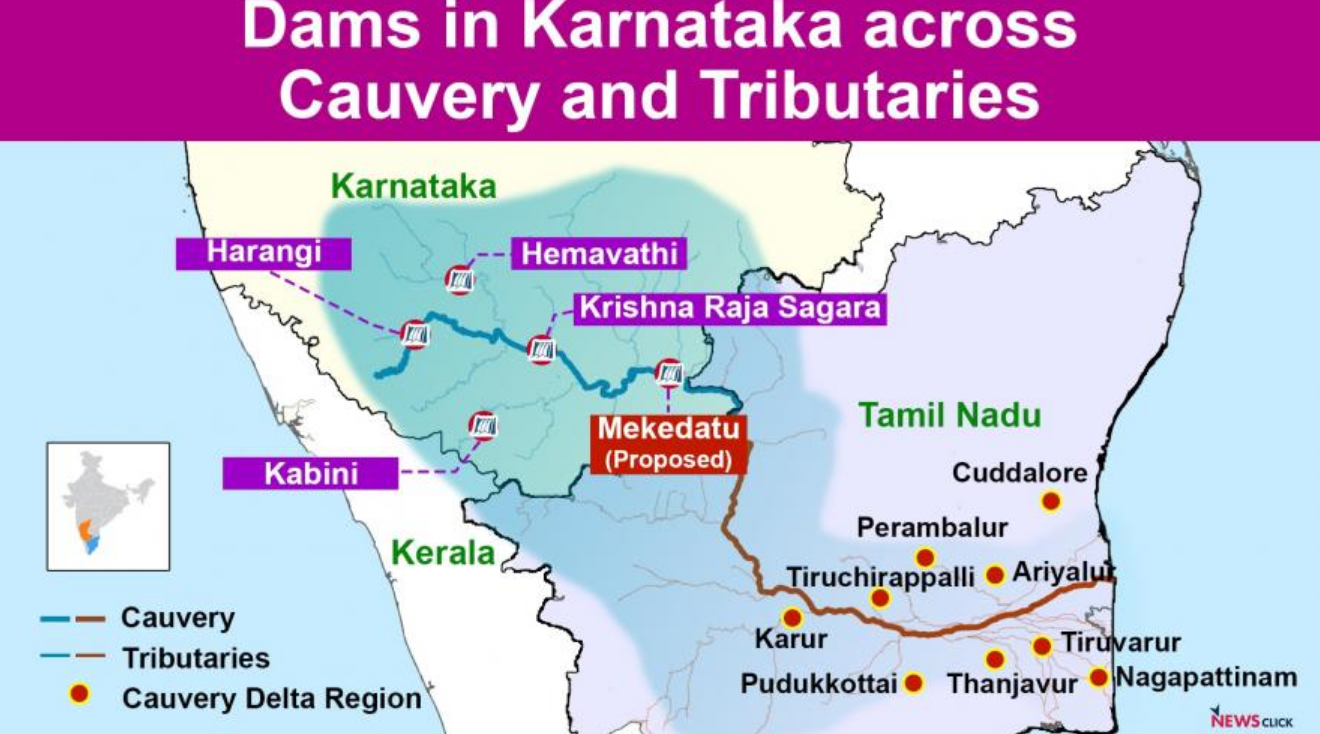
{GS3 – Agri – Tech} Direct Seeding of Rice
- Context (IE): Direct seeding of rice (DSR) method, instead of transplanting method, cuts down the massive water consumption of paddy. It is particularly helpful in weak monsoon years.
- Direct Seeding of Rice (DSR), also called the ‘broadcasting seed technique’, is a water-saving paddy cultivation method.
- In this method, the fields are levelled, pre-sowing irrigation is done, and seeds are directly sown into the fields.
- Seeds are sown earlier than in the transplantation method.
| Direct Seeding of Rice (DSR) | Transplantation Method |
| Seeds are directly sown into the fields | Seeds are sown in a nursery bed for 20-25 days, and seedlings are transplanted to waterlogged fields. |
| Needs more fertiliser | Needs less fertiliser. |
| Interspacing between plants is not uniform | Interspacing between plants is uniform |
| Require less labour | Require high labour |
| The average yield is high | The average yield is lower |
| Plants are usually healthier and have robust, deeper root systems. | Plants do not have deep root systems. |
| Large amounts of seeds are required | Fewer amounts of seeds are required |
| A higher density of plants | A lower density of plants |
| Weed control is difficult | Weed control is easy |
| Relatively cheaper | Relatively costlier |
|
|
|
Advantages of DSR
- DSR technique can help save 15% to 25% water as it requires less irrigation rounds.
- It requires less labour. So, it cuts down labour costs and solve labour shortage problems.
- It helps in replenishment of ground water because the hard crust that forms beneath the plough layer in the transplanted method which prevents water percolation is not formed in the DSR method.
- It helps control the stubble burning problem (which causes air pollution) because crops grown by the DSR method mature earlier than transplanted crops, giving more time for paddy straw management.
- It saves up to 27% energy as pumping energy for field preparation and irrigation is required less.
- It enhances fertiliser use efficiency because of fertiliser use in the root zone.
- It reduces methane emissions as there is no need to flood the paddy field.
- It causes less disturbance to soil structure.
|
Disadvantages of DSR
- It is difficult to control weeds in DSR due to the severe weed infestation caused by the lack of a standing water layer during plant growth.
- It requires large amounts of seeds.
- It needs laser land levelling, which is costly.
- It is very sensitive to rain. Seeding must be completed before the monsoon’s arrival, and sudden rain immediately after seeding has a negative impact.
- It uses largescale herbicides for weed control, leading to herbicide resistance in some weeds.
- Aerobic soil (presence of oxygen) conditions in DSR methods leads to higher nitrous oxide emissions (Nitrous oxide is the most important greenhouse gas after methane and carbon dioxide).
- Uneven cropping may lead to failure in achieving the potential yield in this method.
Why is DSR not Popular Among Farmers?
- Availability of subsidised or even free electricity for irrigation.
- Lack of good machines required for the DSR method.
Rice
|
{GS3 – IE – Imports} Crude Oil Imports
- Context (TH): Indian refiners have begun paying for some oil imports from Russia in Chinese Yuan.
|
- India is the World’s third biggest oil consumer and importer.
- India imports over 95% of its crude oil consumption.
- Iraq is India’s biggest supplier of crude oil, followed by Saudi Arabia.
Import from Russia
- India has become Russia’s No. 2 oil buyer after China as others have cut purchases following Moscow’s invasion of Ukraine in late February.
- Russia emerged as the fourth largest oil supplier to India and Russian oil accounted for about 7.5% for India’s overall imports in FY 23.

Import of oil from Iran
|
{GS3 – IE – Inflation} Greedflation
- Context (TH): Economists have questioned the validity of the argument that corporate thirst for higher profits is the cause behind inflation.
- Greedflation refers to a situation where excessive greed and speculative behaviour contribute to rising inflationary pressures in an economy.
- It implies that inflation is driven not only by economic fundamentals but also by excessive profit-seeking motives and speculative activities.
Types of Inflation
Demand-Pull Inflation
- Demand-pull inflation occurs when aggregate demand in an economy exceeds the available supply of goods and services.
- Demand-pull inflation is often associated with strong economic growth, increased consumer spending, and excessive monetary expansion.
Cost-Push Inflation
- Cost-push inflation is driven by increased production costs, such as wages or raw material prices, which are then passed on to consumers.
- Cost-push inflation can lead to a decrease in real wages and consumer purchasing power.
Built-In Inflation
- Built-in inflation, also known as wage-price spiral or internal inflation, refers to a self-perpetuating cycle of rising prices and wages.
- It occurs when workers demand higher wages to keep up with the increasing cost of living, and businesses, in turn, increase prices to compensate for higher labour costs.
- This reciprocal process leads to a continuous upward spiral of prices and wages.
Hyperinflation
- Hyperinflation is extreme and rapid inflation where prices increase at an extremely high rate.
- It typically occurs due to a severe loss of confidence in the currency, often triggered by excessive money supply, political instability, or unsustainable fiscal policies.
- Hyperinflation erodes the currency’s value rapidly, leading to an economic breakdown.
Structural Inflation
- Structural inflation arises from long-term imbalances in the economy’s structure, such as supply constraints, inefficiencies, or structural rigidities.
- It is typically caused by factors like limited productive capacity, inadequate infrastructure, or barriers to competition.
Imported Inflation
- Imported inflation occurs when:
- the prices of imported goods and services rise due to changes in exchange rates, commodity prices, or trade policies.
- a depreciation in the domestic currency raises the cost of imported goods.
- Countries heavily reliant on imports may experience imported inflation when prices rise globally.
{GS3 – S&T – Space} Universe’s ‘Noisy’ Gravitational Wave Background
- Context (IE): Scientists have found evidence that low-frequency gravitational waves background exists. These waves create a cosmic background hum that permeates through outer space.
Gravitational Waves
- Albert Einstein predicted the existence of gravitational waves in his General Theory of Relativity.
- Gravitational waves are ‘ripples’ in the fabric of spacetime caused by some of the Universe‘s most violent and energetic processes.
|
What causes Gravitational Waves?
- Gravitational waves are created when massive accelerating objects (such as neutron stars or black holes orbiting each other) would disrupt spacetime so that ‘waves’ of distorted space would radiate from the source.
- Some examples of events that could cause a gravitational wave are:
- when a star explodes asymmetrically (called a supernova)
- when two big neutron stars orbit each other
- when two black holes orbit each other and merge
- These ripples travel at the speed of light through the Universe, carrying information about their origins.

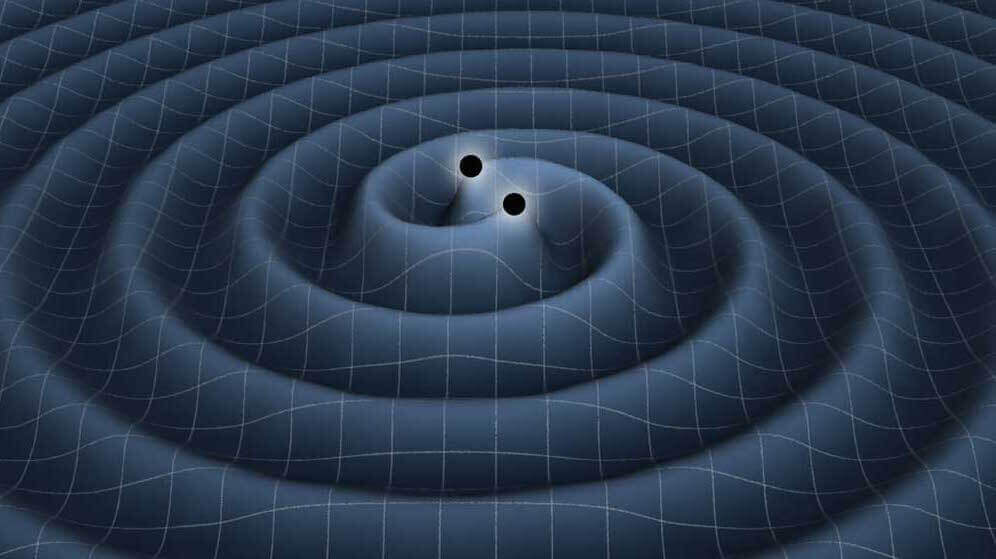
Spacetime (NASA) & Gravitational Waves (NASA)
When were Gravitational Waves First Detected?
- In 2015, The Laser Interferometer Gravitational-Wave Observatory (LIGO), USA, physically sensed the distortions in spacetime caused by passing gravitational waves generated by two colliding black holes nearly 1.3 billion light-years away!
- But those waves were high-frequency gravitational waves, believed to be produced by the merger of two small black holes about 1.3 billion years ago.
How LIGO Detects Gravitational Waves?


- While the processes that generate gravitational waves can be extremely violent and destructive, they are billions of times smaller when they reach Earth.
- When a gravitational wave passes by Earth, it squeezes and stretches space by a minuscule amount.
- LIGO can detect this squeezing and stretching. Each LIGO observatory has two “arms”. A passing gravitational wave causes the length of the arms to change slightly.
How were Low-Frequency Gravitational Waves Detected?
- The low-frequency gravitational waves were detected by studying pulsars using radio telescopes worldwide. Indian Pulsar Timing Array (InPTA) was also involved in this.
- Pulsars are distant rapidly-rotating neutron stars that emit pulses of radiation, observed from the Earth as bright flashes of light.
- These bursts take place at extremely precise intervals, making them useful as cosmic clocks.
- It was noted that some of the signals from these neutron stars arrived a little early while a few others were late. These inconsistencies were due to deformities caused in spacetime by gravitational waves.
|
Why is the Discovery of Gravitational Waves Important?
- Like the spectrum of electromagnetic waves, from microwaves to radio waves, there can be a wide range of gravitational waves of different wavelengths, frequencies, and energies.
- Faraway cosmic objects which cannot be detected visually (like black holes) can be detected and studied with the help of gravitational waves.
- The gravitational waves can work as sirens to measure the universe’s expansion rate and understand the universe’s origin and future.
Einstein’s Theory of General Relativity
Gravitational Lensing
|
How exactly do gravitational waves help measure the universe’s expansion rate?
|
[UPSC Prelims 2012] Which of the following is/are cited by the scientists as evidence(s) for the continued expansion of the universe?
Select the correct answer using the codes:
Explanation:
[UPSC Prelims 2019] Recently, scientists observed the merger of giant ‘blackholes’ billions of light-years away from the earth. What is the significance of this observation?
Explanation:
|
|
{Prelims – IE – Industry} Purchasing Managers’ Index (PMI)
- Context (TH): Purchasing Managers’ Index (PMI) eases to 57.8, from 58.7 in May.
- The PMI is an investor sentiment tracking index.
- PMI indicates the economic health of both the manufacturing and service sectors.
- PMI of India is compiled by London-based IHS Markit and published by Japanese firm Nikkei.
- It is derived from monthly surveys of about 400 private companies.
- PMI >50 implies expanding economic activity, and PMI <50 means contraction.
{Prelims – Polity} PRISM
- Context (TH): Parliamentary Research and Information Support to Members (PRISM) is 24X7 round-the-clock research and information support to Members of Parliament (MPs).
- MPs can call or text their Research and Information requirements anytime.
- The information is provided digitally to the Members, keeping in tune with the making of Lok Sabha a paperless institution.




![PMF IAS Environment for UPSC 2022-23 [paperback] PMF IAS [Nov 30, 2021]…](https://pmfias.b-cdn.net/wp-content/uploads/2024/04/pmfiasenvironmentforupsc2022-23paperbackpmfiasnov302021.jpg)
